Table of Contents Show
You’re probably familiar with the term “snowbirds,” the people who travel south for the winter to escape the harsh winters up north. But are those states really that bad? Is it worth packing up everything for five or six months and traveling hundreds of miles to experience better weather? For many who live in these coldest states in the U.S., the answer is a resounding “Yes!”
Let’s look at 10 of the coldest states to better understand why you don’t want to plan a visit during the winter.
Which State Has the Worst Winter?
You can define the idea of the worst winter in a few different ways. Alaska is the state with the coldest temperatures, where being outside for more than a few minutes becomes painful. Some residents don’t even see the sun for two months. This sounds like a miserable way to spend the winter.
The state with the most severe weather in the winter is probably Minnesota. Lake Superior wreaks havoc on the climate in the state’s northern region. Some areas might receive over 200 inches of snow for five months. It’s not just a three-month winter season for Minnesotans. It’s almost half the year. Add those sub-zero temperatures and unbearable wind chills, and you get pretty harsh Minnesotan winters.
What State Snows the Most?
Vermont receives the most snow during the winter months. In fact, New Hampshire and Maine are also in the top three for snowfall. All three of these states receive over 70 inches of snow each year, with Vermont averaging 86 inches to 89 inches. These states have great ski slopes and places for snowmobiling and snowshoeing. There are even some areas open for winter camping.
What Are the 10 Coldest States in the US?
You’ll find all of these states above the midline of the United States. Wyoming dips the farthest south. The highest states in the continental U.S. are Minnesota, North Dakota, and Montana.
Obviously, Alaska is the northernmost state of the group. It’s important to note the vastness of these states. Temperatures vary widely from border to border. Therefore, those living in certain parts of the state won’t see the same winters as in other regions. Although these are the coldest states in the U.S., not every city in each state will see these temperatures and weather patterns.
Alaska
Average Temperature: 10°F
Average Low Temperature: -3°F
Coldest Month: January
Due to its size, Alaska has numerous climates and temperature ranges. People living in Juneau, for example, see temperatures of 26°F to 35°F in January. Meanwhile, Prudhoe Bay in the far north will experience temperatures as low as -22°F. If you want to visit Alaska, it’s best to avoid the long, frigid winter season. June, July, and August are the best months to visit the Last Frontier.
North Dakota
Average Temperature: 11°F
Average Low Temperature: -4°F
Coldest Month: January
Along with the frigid temperatures, North Dakota also sees several blizzards every winter, with an average snowfall of 51 inches. Visibility is limited to just a few feet at times. The eastern side of the state experiences colder temperatures than the western part. However, the average temperature in January remains below freezing across the state. Even though there are plenty of winter recreational activities in North Dakota, if you want to avoid frigid temperatures, don’t make plans to visit after November or before March.
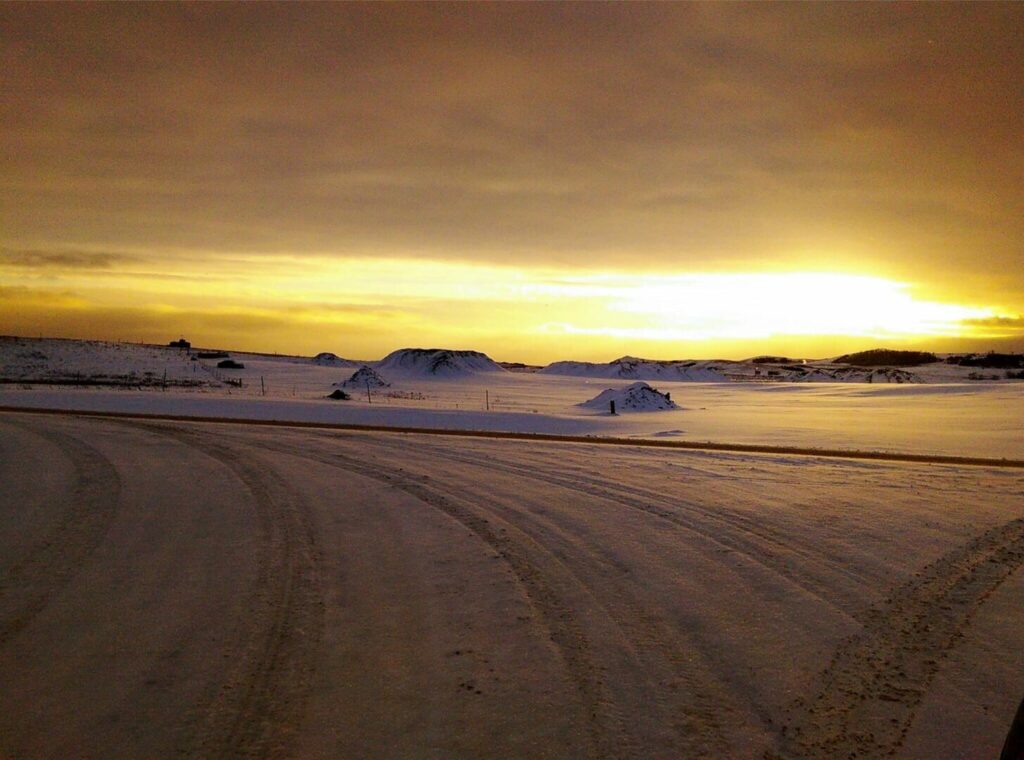
Maine
Average Temperature: 20°F
Average Low Temperature: 6°F
Coldest Month: January
Although Maine is a common summer destination, even residents flee the state during winter. The daily highs are still below freezing in January. The sun is only visible half of the month, and each day only gets about four hours of sunshine. Join the snowbirds as they escape south for the winter and keep Maine on your places to visit in the summer list.
Keep in Mind: Looking to go camping in the off-season to avoid the tourists? These are the top 5 RV Destinations to visit during off-season.
Minnesota
Average Temperature: 13°F
Average Low Temperature: -11°F
Coldest Month: January
Because Minnesota is so close to Lake Superior, the winters are cold, icy, and windy. Like South Dakota, Minnesota is prone to blizzards. Areas near Lake Superior – like Duluth – can see up to 20 inches of snow just in January. Wind speeds can reach 35 mph, making visibility almost impossible and exacerbating cold temperatures.
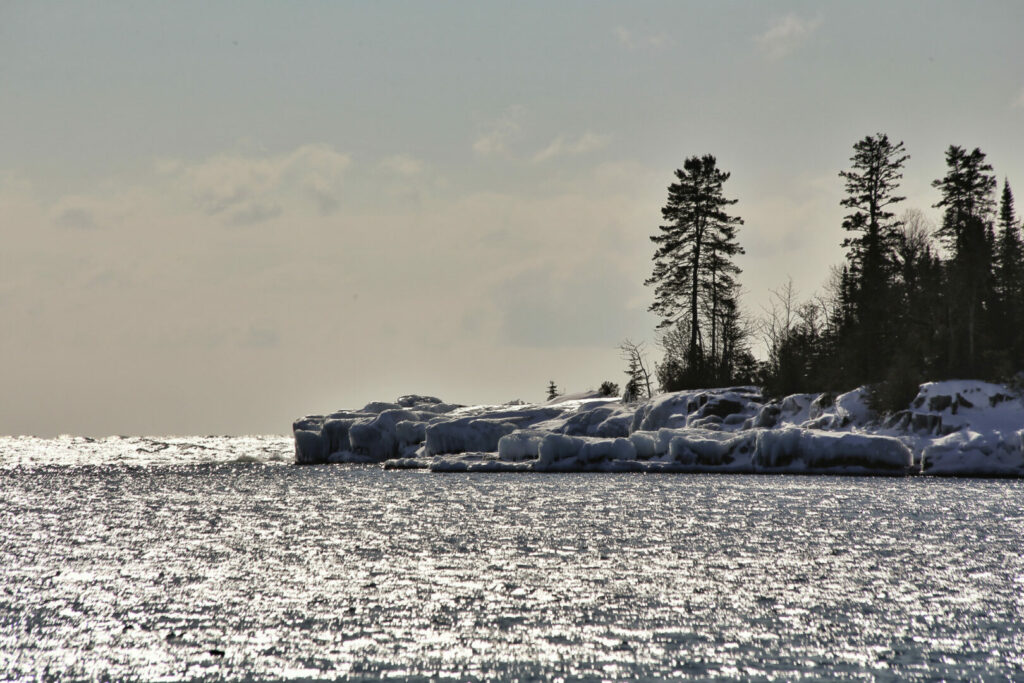
Wyoming
Average Temperature: 20°F
Average Low Temperature: 0°F
Coldest Month: January
The Rocky Mountains cover about two-thirds of the state. Some areas see up to 200 inches of snow each winter. Winds can also range from 30 mph to 40 mph. Like Maine, Wyoming sees only a few hours of sunlight during winter. It’s best to save your vacation for mid-summer or early fall to avoid the extreme temperatures of the Equality State.
Montana
Average Temperature: 20°F
Average Low Temperature: 10°F
Coldest Month: January
Montana is a huge state, so temperatures can vary greatly from one location to another. Elevation also varies from 2,000 feet to 13,000 feet. The coldest temperature ever recorded in the lower 48 states was near Rogers Pass, Mont., in 1954 -70°F. But on that same day, the temperature was -36°F in Helena. So, like the other states on this list, each daily temperature is different depending on the location.
Vermont
Average Temperature: 18°F
Average Low Temperature: 5°F
Coldest Month: January
The average snowfall in Vermont is around 86 inches, far more than the national average of 28 inches. The northern region averages about 10 degrees colder than the southern region. Skiers and snowmobilers love the winters in Vermont, but if you’re looking for a more pleasant experience, avoid visiting the Green Mountain State until spring blooms.
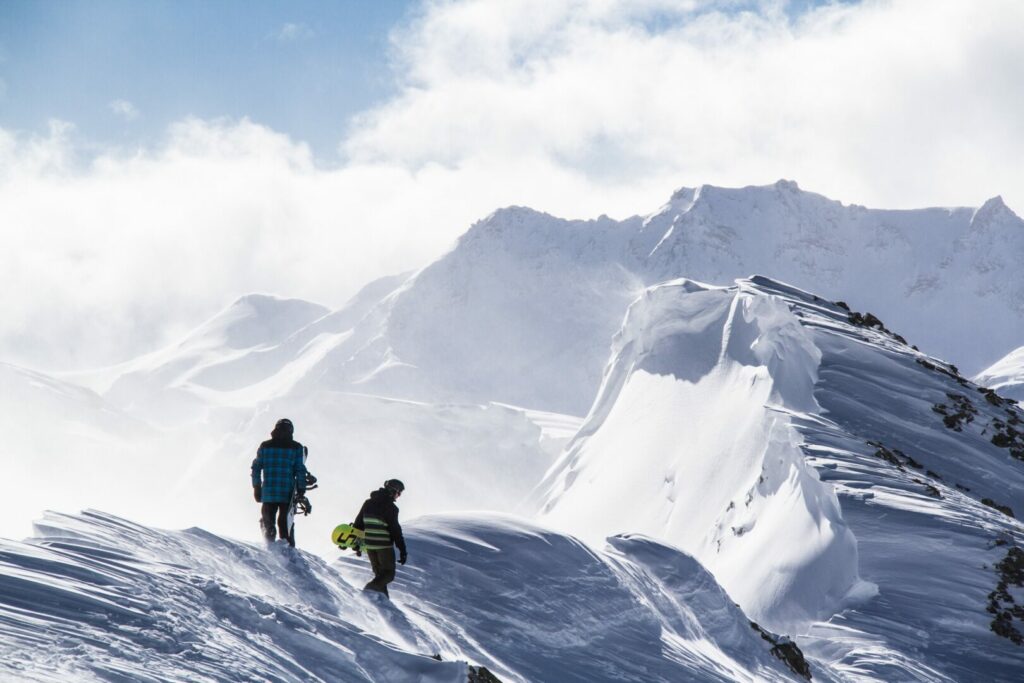
Wisconsin
Average Temperature: 15°F
Average Low Temperature: 8°F
Coldest Month: January
The northern highlands of Wisconsin can see temperatures drop to -30°F and the wind chill makes it feel even colder. The average snowfall for January is around 15 inches. Like Minnesota, the close proximity to Lake Superior increases the cold and wind in the northern parts of Wisconsin.
Pro Tip: If you’re convinced winter camping is for you, then you need to read this. Here’s What They Don’t Tell You About Winter Camping
Idaho
Average Temperature: 28°F
Average Low Temperature: 15°F
Coldest Month: January
Idaho is uniquely shaped and covers a huge area of land from north to south, which means a wide variation in temperatures. Snowfall during the winter can range from 20 inches to 37 inches. Like other states on this list, certain portions of Idaho will only see sunlight for a few hours each day. That can make winters dark and dreary. Average temperatures are a bit higher here than in the other states, however, as Idaho rarely sees average temperatures fall below 0°F.
New Hampshire
Average Temperature: 18°F
Average Low Temperature: 5°F
Coldest Month: January
New Hampshire averages about 20 inches to 22 inches of snowfall each winter. However, Mount Washington, the tallest peak east of the Mississippi River, usually gets up to 44 inches of snow. Skiers love the winter season in New Hampshire, but if you’re looking for a place to visit, skip the Granite State until spring. It’s best to avoid much of New England during the frigid winter months.
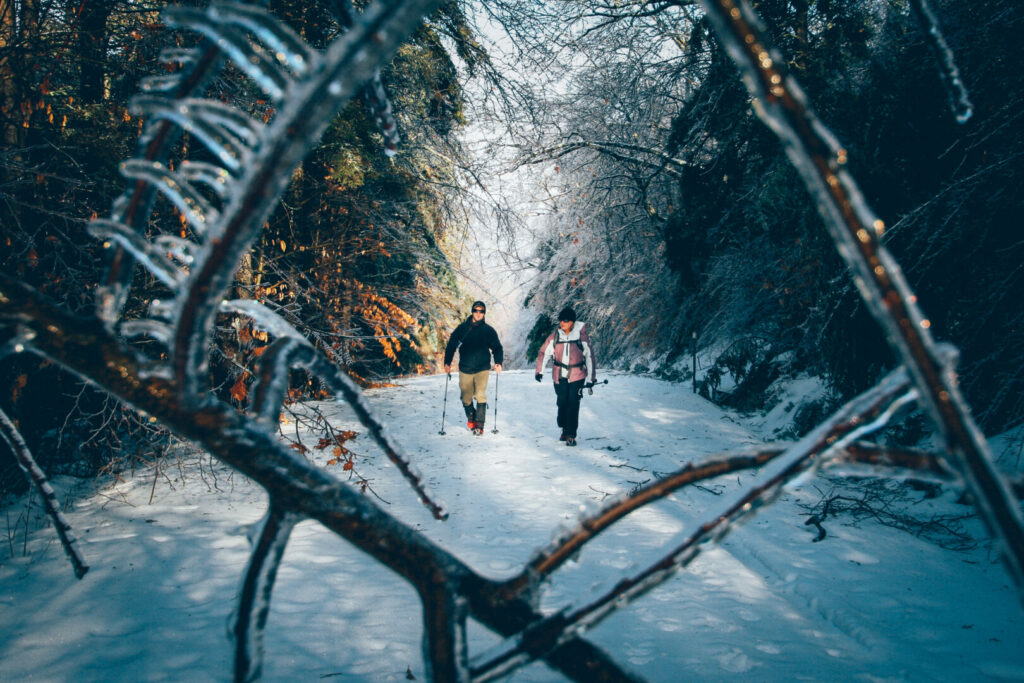
Will You Avoid the Coldest States in the US this Winter?
If you want to immerse yourself in several feet of snow and test your ability to withstand sub-zero temperatures, take a stab at wintering in one of these ten states. But for the rest of us, avoiding these coldest states in the U.S. will keep us warmer and happier. The few hours of sunlight lead to dark and depressing winters. Wait until temperatures start climbing into the 50s and 60s before venturing north to fully enjoy visiting these beautiful locations.
Have you ever tried wintering in one of these coldest states in the US? If so, how did you manage?




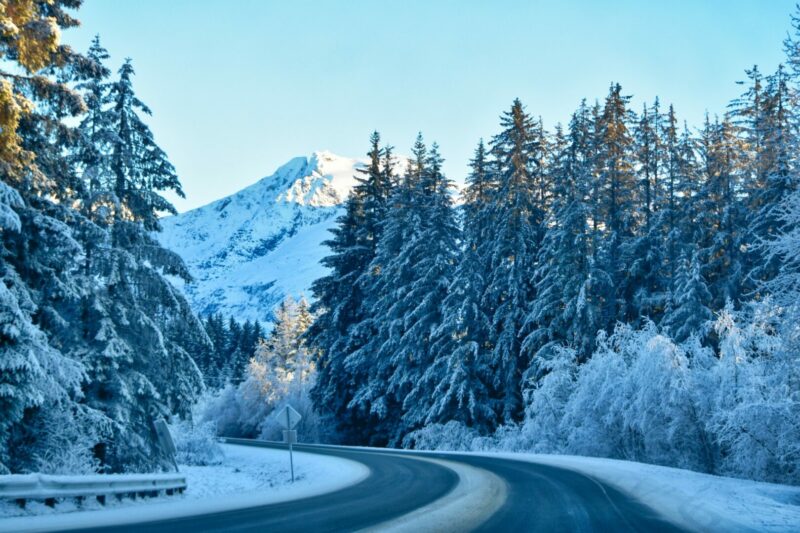

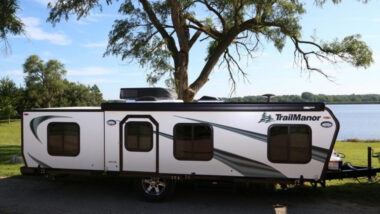
Your NH snowfall data is way low. Concord and Portsmouth average about 65″, the White mountains receive over 100″ and Mt. Washington averages 280″.